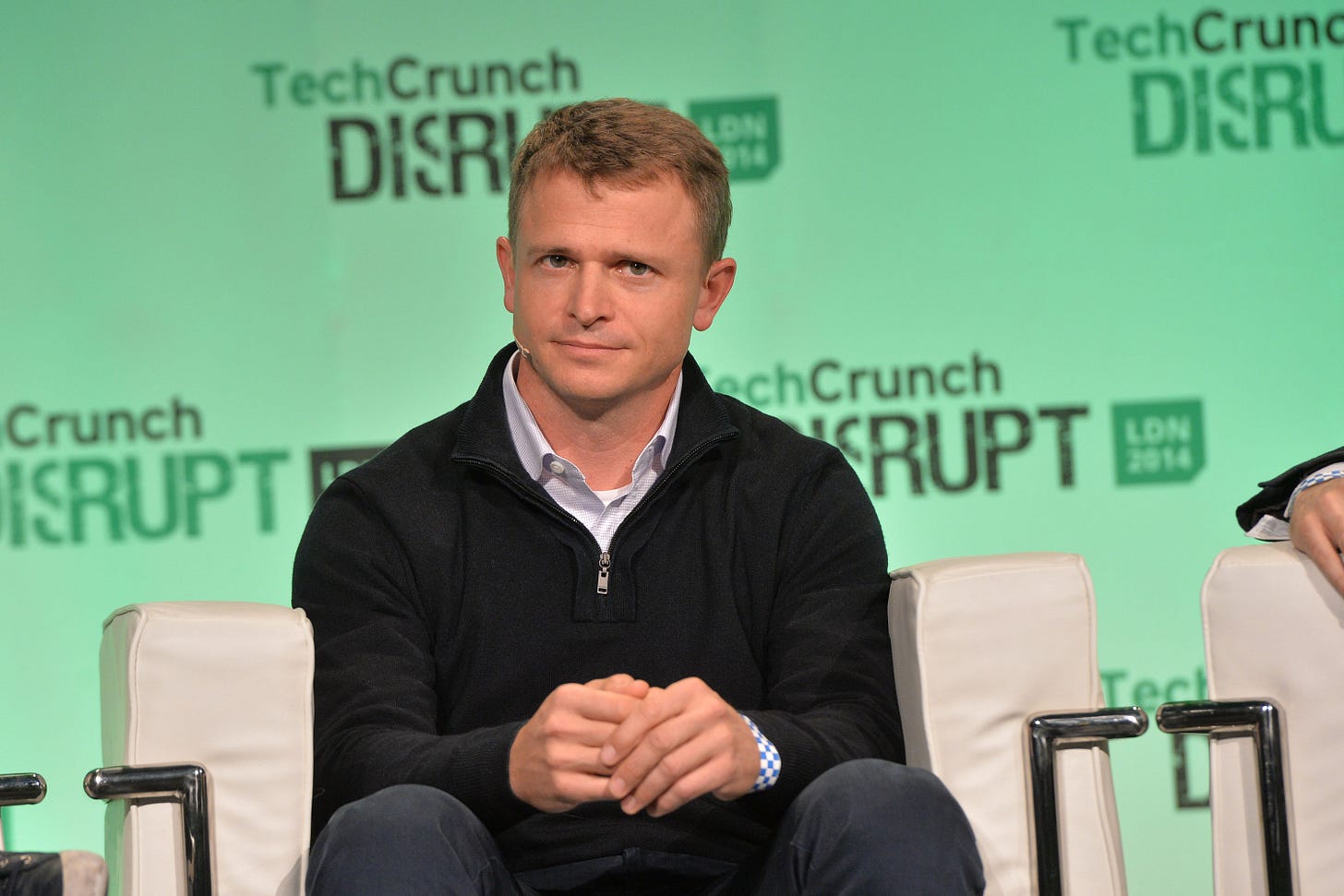By Staying the Course, Benchmark Has Lost Its Way
What was once a six-person partnership is down to three. The elite early-stage firm needs to rebuild its team for the AI era.
Sequoia Capital’s former senior steward Doug Leone occasionally tells his partnership about certain “laws of physics” of venture capital, including the reality that smaller teams investing less money usually have higher cash-on-cash returns than venture funds that embrace sprawling, big-dollar strategies.
But Leone told the firm there is one law that supersedes them all: “the only constant is change.” So Sequoia has happily amassed billions in capital to invest, shifting approaches over the decades. Sometimes it’s truly global. Sometimes it invests in public equities. It flipped crypto tokens before it was cool. Now Sequoia, under the leadership of Roelof Botha, invests out of a unified permanent capital vehicle.
If there’s any California firm that’s embraced Leone’s perspective that small teams investing smaller amounts of capital have an easier time returning higher multiples back to investors, it’s the firm’s much smaller rival Benchmark. Even as times have changed with the rise of Andreessen Horowitz, one and two-person firms with funds of more than $1 billion, and all sorts of capital rushing into the private markets, Benchmark has largely stayed the same — just with different partners.
While Sequoia has embraced that change is the only constant in the venture capital business, Benchmark has tried to hold onto that one law of venture physics that small teams produce better returns.
Today, that team is smaller than ever before.
Founded in 1995, Benchmark is one of the rare firms to dominate across multiple VC eras — with early bets on eBay, Uber, and Snapchat — all while sticking to its minimalist model. Benchmark, famously a partnership of equals that strives to have about five or six GPs at any one time, invests roughly $500 million a fund, across a pool of money backed by limited partners and another smaller fund with general partners’ own cash.
Benchmark’s success has relied in part on the perception among founders that an investment from Benchmark is the ultimate status signal.
And Benchmark’s position as perhaps the most desirable Series A term sheet a founder could receive is in question as mid-career partners leave the firm.
Three of the firm’s younger general partners have left their role as general partner since March 2024.
First, Miles Grimshaw left last year after a little over three years at Benchmark to return to his old firm Thrive Capital.
Then, this year Sarah Tavel, the investor who helped Bessemer land Pinterest, announced that she was stepping back to become a venture partner at Benchmark.
Finally, last month Victor Lazarte, a high-flying artificial intelligence investor with what appears to be some of the firm’s most promising recent bets, declared that he was leaving Benchmark to start his own firm.
Benchmark’s secrecy makes it hard to say who initiated each exit, but here’s what we know:
The most recent departure — Lazarte — seems the most clear cut: he left Benchmark.
A well-respected founder who has made a lot of money already from his Brazilian games company Wildlife, Lazarte has become an in-demand AI investor, leading investments in Mercor and HeyGen. Those high-priced bets were somewhat out of the Benchmark mold: Benchmark led a $32 million investment in Mercor at a $250 million valuation. (Mercor is rumored to be worth about $10 billion.) Benchmark led a $60 million investment in HeyGen at a pre-money valuation of $440 million. He invested in Decart, which got marked up to $3.1 billion last week. He won a competitive investment in Applied Compute.
Lazarte is off to raise his own fund and he’s likely to use some of his own money, meaning that he will be far more exposed to the returns of his own investments, whereas at Benchmark he would have shared the spoils with the firm’s other general partners and likely paid out more to LPs.
Grimshaw, for his part, made a key seed investment in AI infrastructure company LangChain while at Benchmark and left after just a little over three years.



